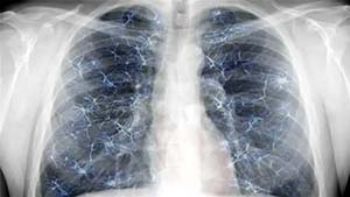
Technology that can accurately measure lung function over a phone has been developed by researchers at the University of Washington. They created a system that uses the microphone built into any smartphone, land line or payphone in the world to transmit the audio to a call-in centre.
The team combined algorithms to provide lung function estimates, despite possible low-quality audio. The algorithm expects one second of silence before the start of the test to gauge the ambient noise level of the room, and if the noise level is above a certain level, the patient is asked to find a quieter setting or perform the test at a later time.
Speaking to HCB News, Mayank Goel, lead author and University of Washington computer science and engineering doctoral student, said: “The algorithm uses the phone’s microphone as an uncalibrated pressure sensor and converts the audio captured by it into an estimate of the flow rate of air from the patient’s mouth.”
The results from the system — SpiroCall — came within 6.2% of results obtained by conventional clinical spirometers used in hospitals and doctor’s offices. This is within the industry’s standard of 5-10%, since there is variability in the way a patient exhales during each spirometry test.
SpiroSmart for smartphone use was introduced in 2012, allowing patients to monitor their lung function by breathing and exhaling as fast and hard as possible until they can’t exhale any more. The phone’s microphone senses sound and pressure from the patient’s breath and then sends the information to a central server.
However, in the developing world, more than 80% of phone users do not have a smartphone — hence the development of SpiroCall.
A 3-D printed whistle was also developed. This changes pitch when the patient exhales and can be used with SpiroCall to improve the test performance for patients whose vocal cords cannot produce enough sound for the microphone to pick up.